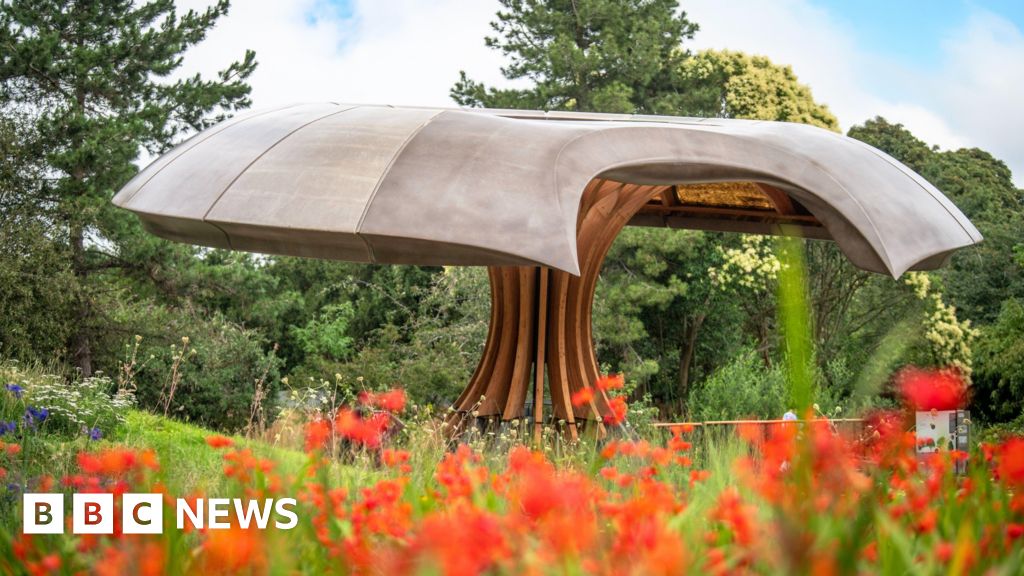CLEMSON, S.C. (FOX Carolina) - A new approach to farming is taking root at Clemson University, and it’s changing the way researchers think about growing food. Known as regenerative agriculture or restorative agriculture. The method focuses not just on production, but on restoring the soil, increasing biodiversity, and reducing the effects of climate change.
At the Clemson Restoration Agriculture Farm in the Upstate, everything from the insects to the plants to the soil is designed to work together in harmony.
“The restoration agriculture farm isn’t just producing food, it’s also producing a community — plant communities,” said Cole Scroggs, Restoration Agriculture farm manager.
For example, since pine trees create acidic soil, they plant blueberries nearby because they thrive in that environment. Around that, they plant squash, which provides shade, controls weeds, and also produces food. The concept is often called a food forest, where each species plays a specific role in supporting the others.
Researchers are also experimenting with cover crops, which are plants that grow alongside crops to protect the soil and reduce weed growth. Instead of relying heavily on herbicides, they’re looking to natural solutions.
“This weed here is crawling all over the soil beans — it’s a problem,” Cole said. “So we’re testing cover crops to see if they can prevent these types of weeds from growing.”
The same philosophy applies to pest control. Instead of using large-scale pesticides, they encourage the use of natural predators.
“Bluebirds are natural pest control,” Scroggs said. “We want them here. As part of a holistic approach, we’re supporting wildlife and natural predators.”
The farm also avoids traditional tilling. Rather than turning over the soil, they practice no-till farming, which helps preserve delicate underground ecosystems.
“Every time you break up those soil clumps, you’re disrupting tiny roots, microbes, insects, bacteria, and fungi,” said Paula Agudelo, associate dean of research and experiment station director at Clemson University.
By keeping microbes alive, they improve soil health and reduce the need for synthetic fertilizers.
Most synthetic fertilizers in the U.S. are made in energy-intensive factories powered by natural gas, Agudelo said. Regenerative agriculture aims to nourish the soil and apply compost or manure, using less energy overall.
The farm is also designed to address stormwater and flooding. Trees and shrubs are planted on elevated ground, with wildflowers growing in swales below to help manage water flow.
“We don’t want stormwater to just take all the topsoil with it,” Scroggs said. “We want it to slow down so the plants and trees can absorb it before it leaves the field.”
Ultimately, the goal is not just to sustain farmland but to heal it.
“What matters is that everyone uses the land with the understanding that the soil is alive,” Paula said. “It needs tending, it needs live roots, it needs coverage, and it needs respect.”
This fall, thousands of sunflowers are expected to bloom across the fields at Clemson. But they’re not just for show; they play an important role in the farm’s ecological balance.
Copyright 2025 WHNS. All rights reserved.









 English (US) ·
English (US) ·